Three UW Researchers Consider A Trio Of Climate Change Consequences
Scientists anticipate that shifts in the global climate will affect the Wisconsin's waters, wildlife and more in profound and perhaps unexpected ways.
June 27, 2017
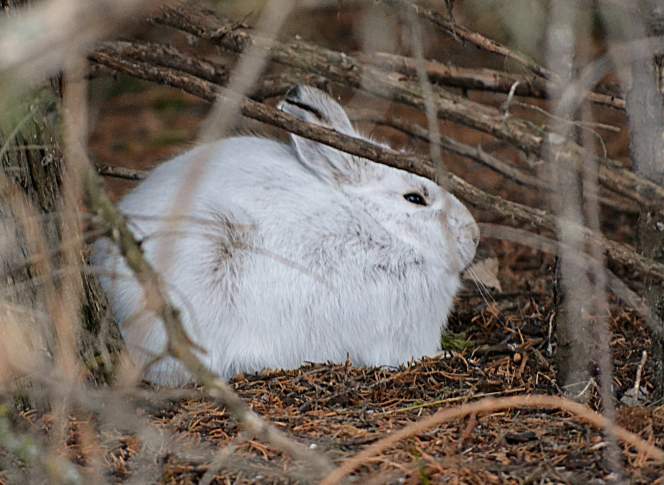
Snowshoe hare in North Dakota

From hunting and fishing to boating and skiing, Wisconsin’s outdoors beckon across all four seasons. The state’s natural landscape creates recreational opportunities for residents and tourists alike, and plays an important role in the economy and livelihoods of many areas. But scientists anticipate that shifts in the global climate will affect the state’s waters, wildlife and more in profound and perhaps unexpected ways.
Three University of Wisconsin-Madison scientists detailed some of the signs and impacts of climate change in an Oct. 18, 2014 presentation at the Wisconsin Science Festival that was recorded for Wisconsin Public Television’s University Place. Each discussed the science of climate change, sharing a few examples of research into its impacts in the state and around the planet.
Galen McKinley, an associate professor in the Department of Atmospheric and Oceanic Sciences at UW-Madison, focused on the process of ocean acidification. Water with a lower pH can be inhospitable to various aquatic animals, particularly corals and shellfish that face bleaching and deterioration from the changing conditions. She illustrated the effect of more carbon dioxide dissolving in water by comparing the pH levels of regular and carbonated water, noting the latter is more acidic. Just as dissolved carbon dioxide is responsible for bubbles in cans of pop/soda, growing levels of this gas in the atmosphere contribute to acidification in ocean waters, and perhaps in the Great Lakes as well.
The Environmental Protection Agency does not specifically monitor for water acidification for its Great Lakes Enivironmental Database, nor do other scientists regularly. McKinley noted that inconsistent observation of pH levels in the Great Lakes makes it difficult to track the impact of growing carbon dioxide levels.
“The chemistry indicates it should be happening, but the monitoring is not really sufficient at this point, and so we really need some more pH data and data of better accuracy,” she said. “That’s what we hope to be able to begin collecting with some of the grants we’re proposing now and in the near future.”
Steve Vavrus, a senior scientist at the Center for Climatic Research in the UW-Madison Nelson Institute for Environmental Studies, discussed the effects of warmer temperatures in winter. For starters, long-term projections for Wisconsin’s climate indicate the state can expect more days above freezing in winter. And while the winter of 2013-14 seemed unusually cold to many Wisconsinites, the preceding 15 winters were anomalous for their relative warmth and lack of snowfall.
While milder winters in Wisconsin may be hailed by would-be snowbird retirees and cursed by cross country skiers and snowmobilers, Vavrus pointed to the impact of warmer winter temperatures on a global scale. He said these effects are amplified in the Arctic, where areas that previously did not fully thaw are now proving more hospitable to plant life, and warming is occurring two to three times faster than the rest of the world.
“Glaciers and permafrost are thinning and melting and contributing to coastal erosion, coupled with the loss of buffering sea ice cover,” he said. “You might think of the color of the Arctic changing from white in the past from snow and ice to more blue for the open ocean and green on land as vegetation expands.”
Benjamin Zuckerberg, an associate professor in the Department of Forest and Wildlife Ecology at UW-Madison, discussed how winter sports enthusiasts are not the only Wisconsin residents who face disadvantages when warm weather keeps snow at bay. Many plant and animal species may adapt to changing conditions in their habitat or find new niches, but others may not.
The seasonal timing of biological phenomena among plants and animals is called phenology. One example can be found in the snowshoe hare, a mammal with fur that turns from brown to white as days shorten in autumn. But this species is finding its wintertime genetic adaptation is increasingly a liability, Zuckerberg explained.
“Frankly, if you’re a snowshoe hare, there are a lot of things that like to eat you,” he said. “The problem is you look like a light bulb running across a brown background.”
Zuckerberg discussed how shifting seasonal changes are having impacts across the natural world, noting that changes in the timing of resource availability threaten many bird species.
Climate Wisconsin, a project of the Wisconsin Educational Communications Board, provides more specific information about the effects of climate change in the state, including looks at temperature changes and phenology.
Key Facts
- Arctic sea ice experiences an annual cycle of growth and decline as it expands in cooler temperatures and contract as warmer conditions cause melting. Historically, this ice expanded every winter, but the amount of cover has decreased over the past two decades, including a striking loss in 2007.
- In addition to inconsistent pH level monitoring, other factors make it difficult to determine the effects of carbon dioxide in the Great Lakes. McKinley postulates acidity is influenced by the ecological effects of invasive zebra and quagga mussels, as well as by the process of eutrophication, in which land runoff introduces an excess of nutrients to a body of water and spurs growth of algae and other photosynthesizing aquatic organisms, often reducing the water’s oxygen supply in the process.
- The impact of shifting conditions on the snowshoe hare was first documented in 1945 by Aldo Leopold, a Wisconsin-based naturalist and UW professor who mapped the range of the species in the state. A follow-up study in the late 1970s found the range of snowshoe hares had shifted farther north, following changes in snow cover.
- Nina Leopold Bradley, the daughter of Aldo Leopold, continued her father’s research in one of the first studies to suggest changes to early spring phenology in Wisconsin. Comparing their notes, she found 55 indicators of spring occurring an average of 1.2 days earlier in 1998 than 1936. She observed dramatic changes among wildlife, with geese arriving 30 days earlier, a cardinal’s first song heard 22 days earlier and butterfly weed emerging 18 days earlier.
Key Quotes
- McKinley on the greenhouse effect: “There’s no doubt that the planet as a whole is warming, and that this is due to the fact that we’re putting a lot of carbon dioxide in the atmosphere, largely by the burning of fossil fuels which feeds the energy that we all use to have the lifestyles that we live… Energy comes in in solar radiation, hits the surface of the planet, and when it is re-radiated back as heat back out towards space, a good part of that is absorbed in the atmosphere and returned back to the planet… The natural part of that makes the planet livable and at a temperature that water is liquid and that life can be sustained, but the more carbon dioxide we put into the atmosphere, the more of that heat is returned.”
- McKinley on the goals of understanding ocean acidification: “We are still in a process of beginning to try to work out what really are the impacts on an organismal level of this increasing acidity of the oceans… Ultimately, what we would really like to understand is, what are the ecosystem-wide impacts? What are the impacts to the large fish and to the whales? How is this going to affect the whole ecosystems of the oceans? Is it going to promote the turning of the oceans into a jellyfish soup? Or are, for example, the fish just going to be able to choose something else to eat, and on the whole things are going to be okay even though some organisms might be negatively impacted?”
- Vavrus on the scale of climate shifts seen in the Arctic: “The Arctic is like the canary in the coal mine of a global climate change, it’s a very sensitive part of the climate system. And we have a term for that, it’s called Arctic amplification of global climate change… Over the last decade, not only has the Earth warmed considerably, but the Arctic has warmed a lot more. Going back in time when we had a much colder climate during the 1800s, the global climate was cooler, but the Arctic cooled quite a bit more. This is the typical signature of Arctic amplification: If the globe changes a little, the Arctic changes a lot.”
- Zuckerberg on the unprecedented nature of observed climate shifts: “We’ve seen rising temperatures. We’ve seen shifting patterns in precipitation, shorter winter periods, earlier springs and changes in extreme weather events. I think for many of the species that many of us hold dear, what we should keep in mind is that all these changes are relatively unprecedented, or at least a rate of those changes are unprecedented over the last 1,400 years.”
- Zuckerberg on the impact of a shift in food availability to wildlife: “If you came home for dinner every night… at six o’clock and you’re just used to that… and then, slowly but surely, the dinnertime shifted without you knowing… You’re still getting dinner, but it’s a little cold…. Then eventually [dinnertime is at] five o’clock and you’re missing dinner by an hour, and that has significant implications.”
- Zuckerberg on the vulnerability of life forms to climatic changes: “We try to think about what species are going to be more or less vulnerable to these climate impacts. And so I think it’s fair to say that when we think about certain species, there are those that are, I would say, a lower risk or a lower vulnerability. These are species that have generally short generation time, they have wide distributions, they can move easily across the landscape, they have sort of general habitat requirements, and they’re generally not sensitive to human activity. These are species that if a climate changes, they can potentially track it with less impacts on their biology. But there are those that we consider to be higher at risk. These are species that have long generation times, they’re narrowly distributed or they’re only found in a few areas, they’re fairly poor dispersers, and they have very specialized requirements. Maybe they’re wetland dependent species, or they’re very tied in with a certain habitat type, or they’re also sensitive to human activity.”
 Passport
Passport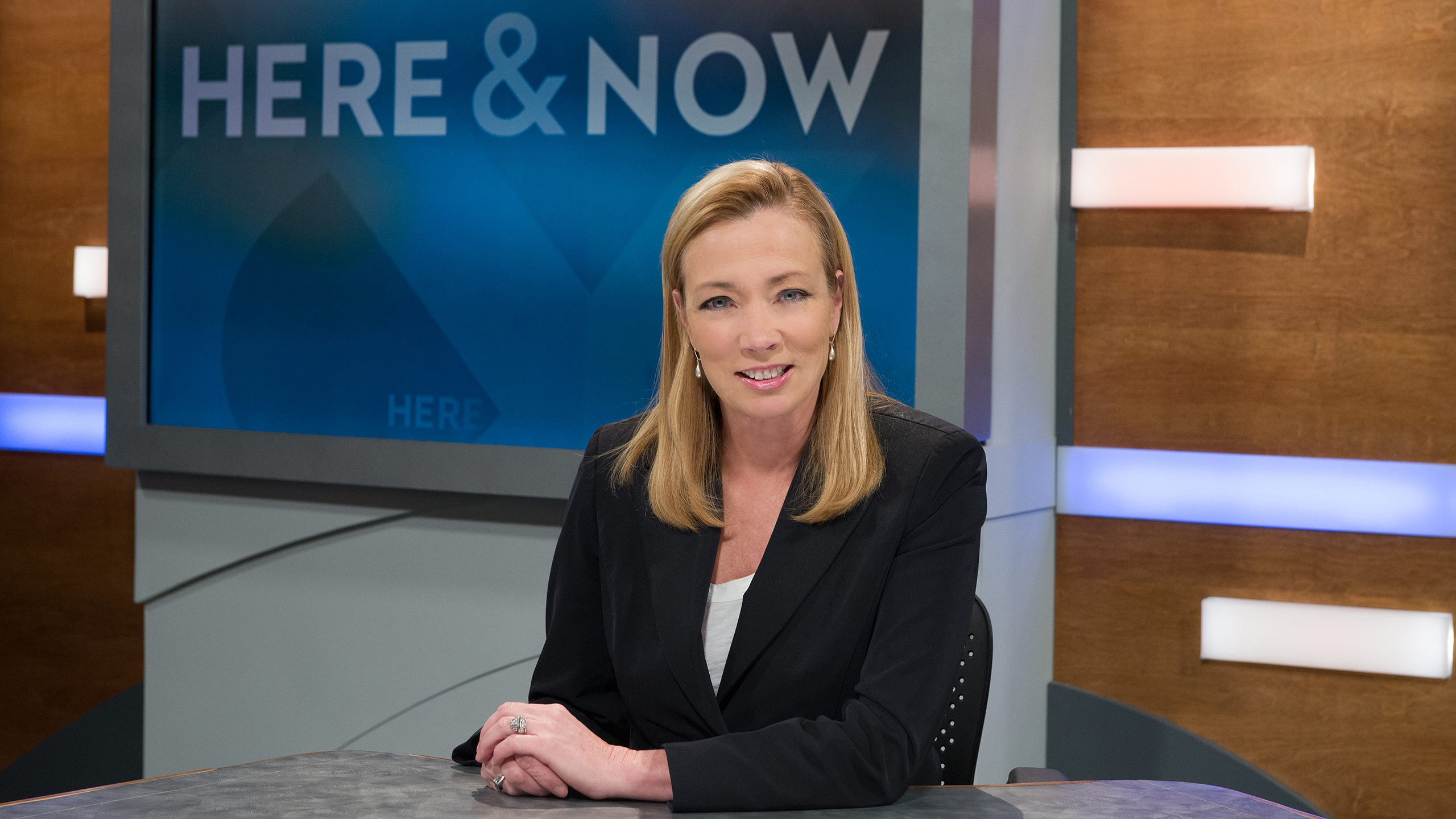




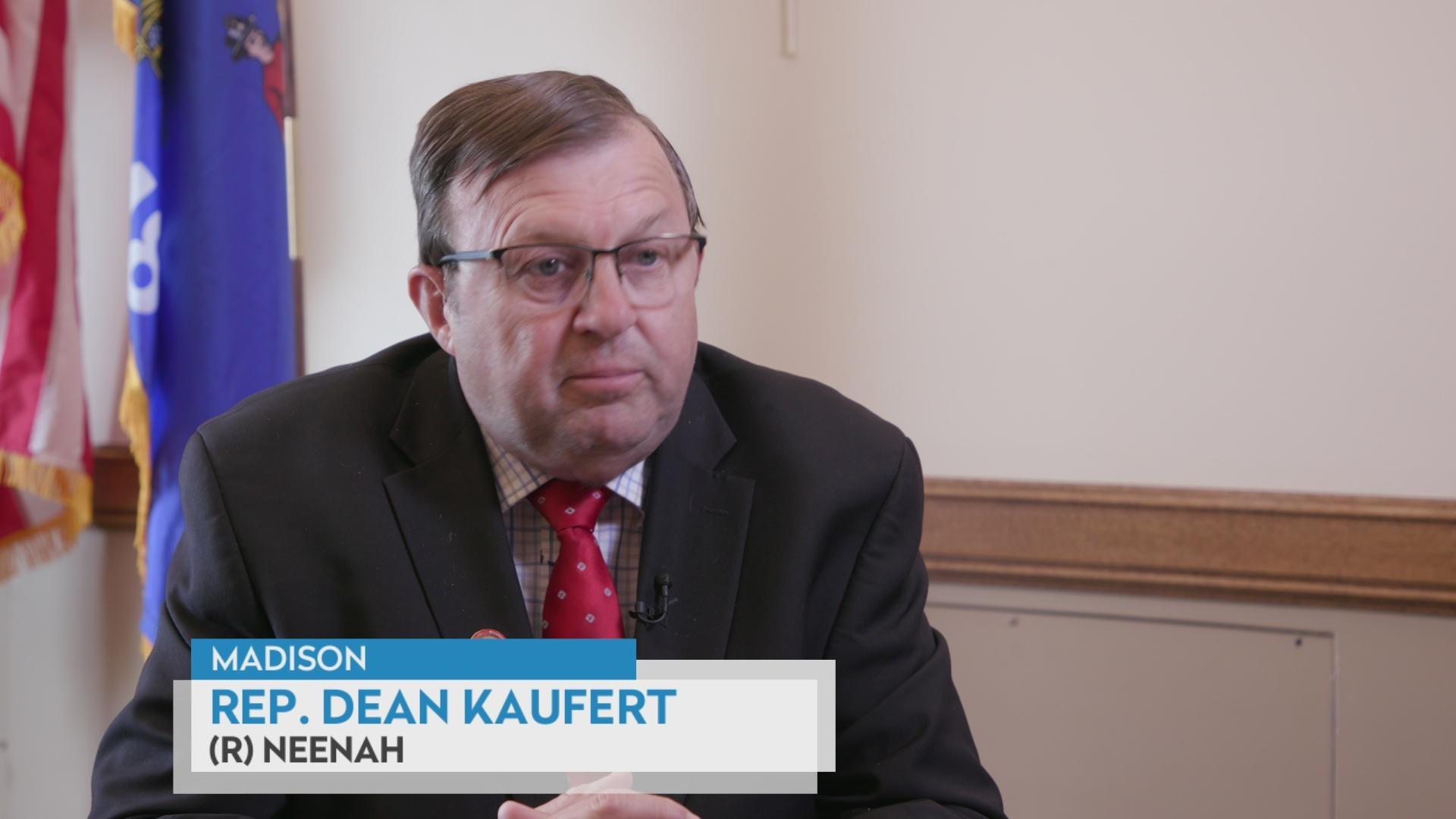
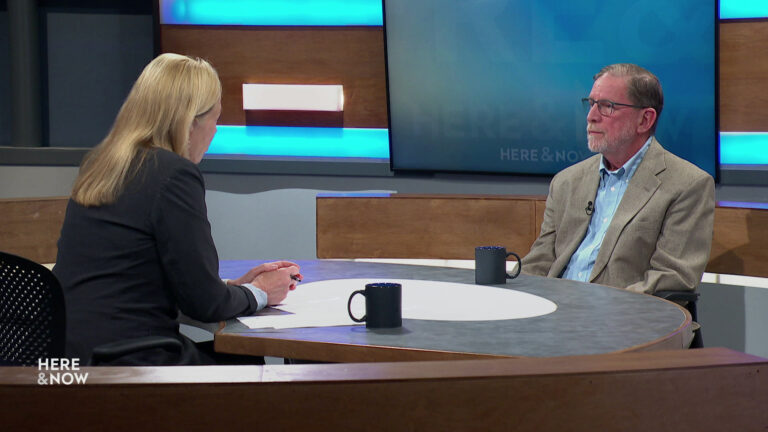
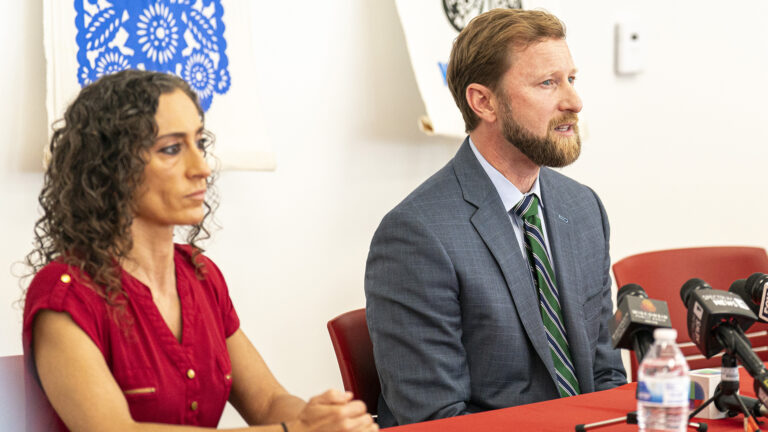
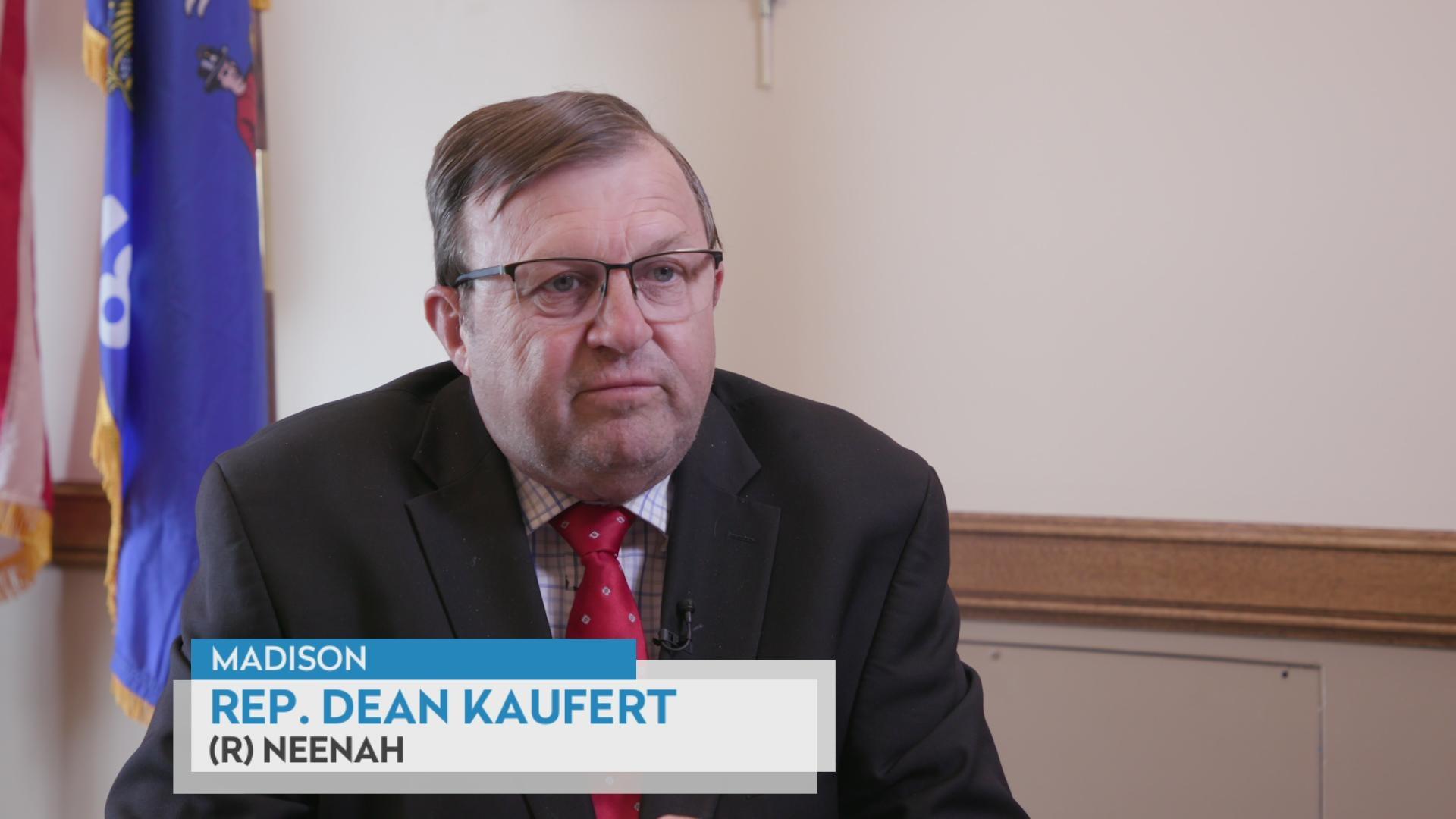






Follow Us